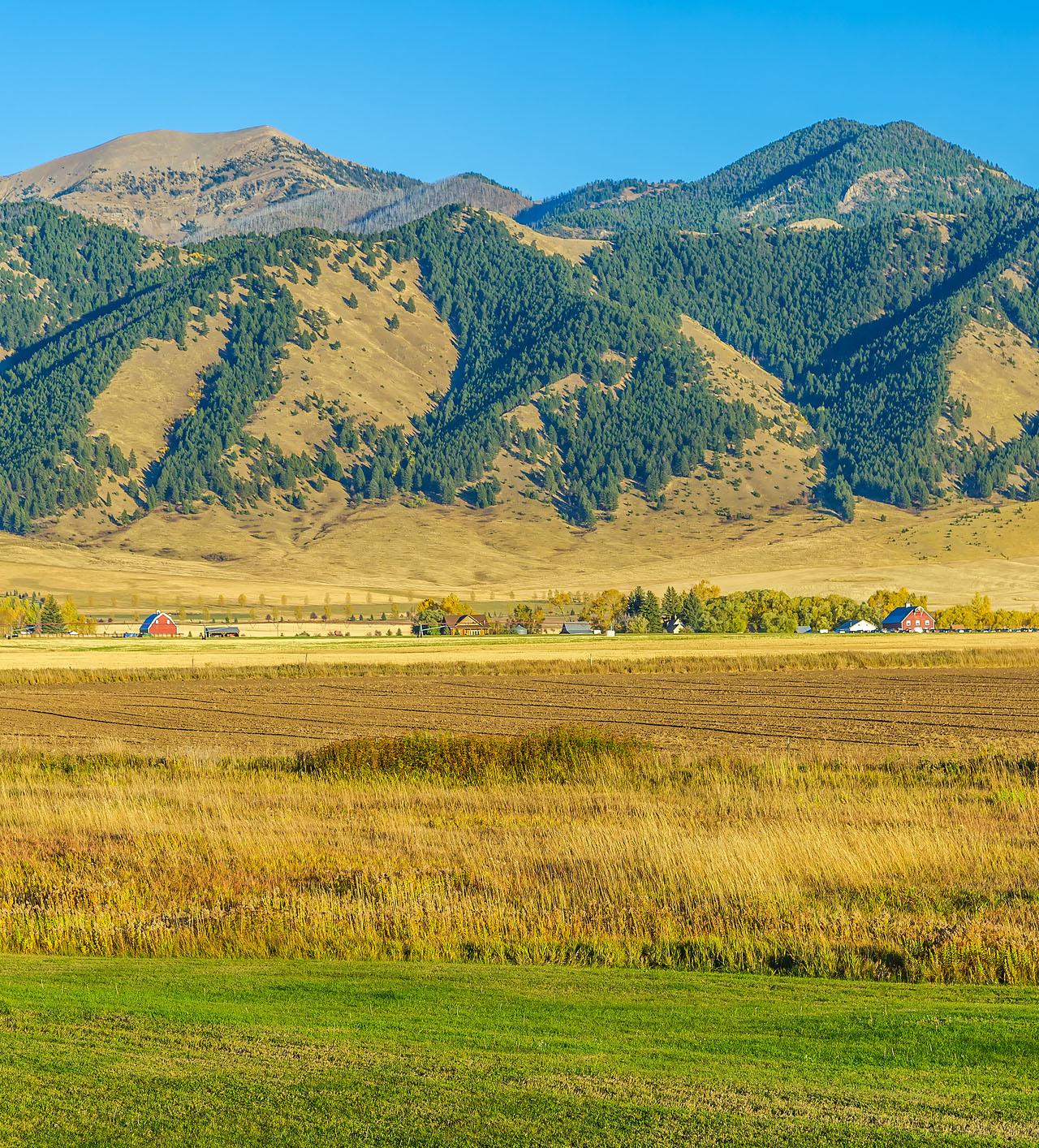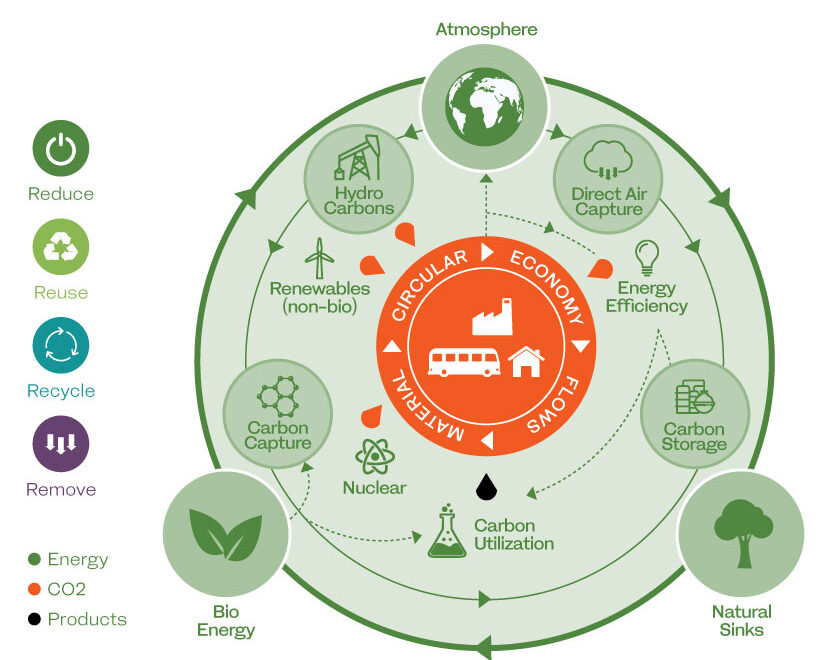Carbon Neutrality and the Carbon Economy
“Harsh winter weather conditions remind us of the need for an all-of-the-above energy approach. Our families depend on it.”
– Greg Gianforte, Governor of Montana
Carbon neutrality is a state of net-zero emissions achieved by having an equal balance between greenhouse gas emissions and emissions removed from the atmosphere, either by the planet’s natural absorption or by capture technologies that allow carbon to be stored or reused. Achieving and maintaining carbon neutrality is essential to securing a clean energy future.
The I-WEST initiative is focused on a circular carbon economy—a framework for managing and reducing emissions that employs all carbon mitigation options in order to achieve net-zero emissions. With this whole-system approach, the I-WEST technology roadmap will build on existing and emerging sectors of the Intermountain West energy system to manage carbon emissions effectively.
Carbon Neutrality in the Intermountain West
In a region defined by fossil-based fuel economies, going carbon neutral is imperative, but how do we get there and what will it mean for regional communities? Carbon neutrality in the Intermountain West means CO2 emissions produced in the region must either be captured locally or offset by similar levels of CO2 being absorbed into the oceans, forests, and underground reservoirs. On a practical level, achieving net-zero emissions and creating jobs go hand-in-hand. Building new infrastructure, improving public health, and advancing environmental justice are just some of the ways tackling climate change will strengthen working communities throughout the region. I-WEST is focused on identifying near-, mid-, and long-term options for carbon capture, storage, and use; clean hydrogen; and bioenergy and bioproducts as drivers of a robust carbon economy.


Regional Carbon Economy
A primary focus for I-WEST is to understand the potential role of a CO2 economy in the region. The team is assessing what options are available to commodify regional captured CO2 and drive market supply and demand, as well as what additional factors are needed to build an economy that is robust and stable while achieving CO2 neutrality in the region.
Initial regional assessments indicate that on a carbon-neutrality scale, a CO2 economy would be comparable to the existing fossil fuel economy—both in size (~$30–50 B/yr) and with many similar needs for labor skills and infrastructure. A close assessment by the I-WEST team will look at how various options might evolve over 5, 10, 15 years in terms of revenue generation and workforce development.
Just the Beginning
A CO2 economy intersects with economies of other future energy systems, including the hydrogen economy and the bioenergy economy. Building a carbon economy in the region is a key first step to realizing a full-spectrum clean energy future on a timeline that’s compatible with climate goals. Our Phase I assessment will explore the symbiotic potential between a CO2 economy and various other interrelated and interdependent energy economies.



